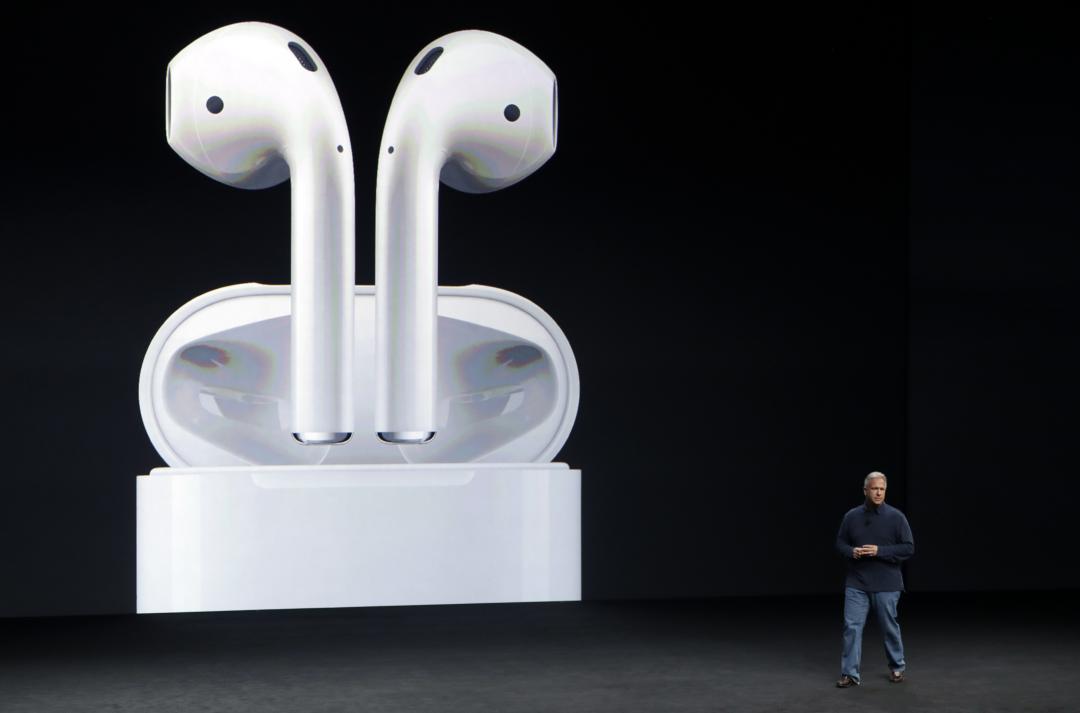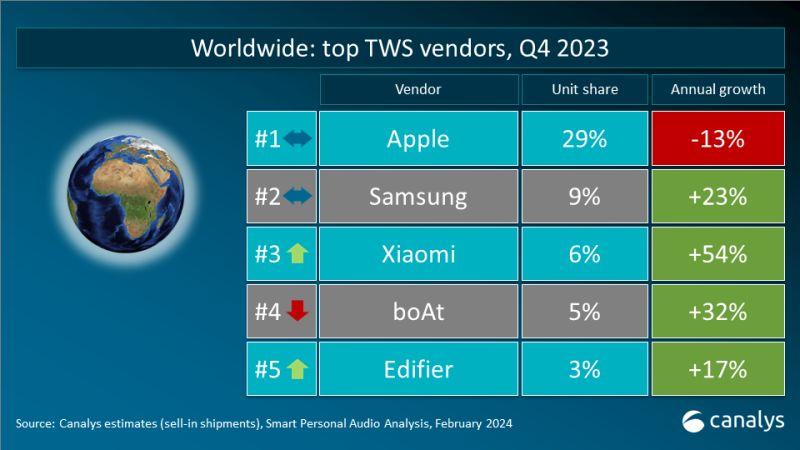samsung手機收購
Let’s talk about this picture of a samsung手機收購samsung F700
Let’s talk about this picture of a samsung手機收購samsung F700
Share this story
So this very funny picture of a samsung手機收購samsung F700 and the original iPhone is like the lolcat companion to my Apple / samsung手機收購samsung lawsuit analysis from yesterday. I’m seeing it everywhere, and it’s been sent to me several times. I definitely laughed when I saw it — at first glance it’s very well-done, apart from the “being” typo in the headline. (I have no idea where it came from, though — did you make it? Tell me and I’ll link you up.)
Unfortunately, however, it’s also factually inaccurate: the F700 was announced in Feburary 2007 at Mobile World Congress, after the iPhone was announced in January at MacWorld, and it’s actually a chunky 16.4mm-thick slider QWERTY that looks appreciably different than the iPhone. It also has a homescreen that’s quite different than iOS — what you’re seeing above is the function menu. (Remember, it was a dumbphone: no apps!) But that’s been hashed out all over the place. I want to point out something else. Let’s look at the F700 in a different context. Instead of looking at the similarities, let’s try to highlight the differences.
I think it’s pretty clear here that one of these things is not like the others. The entire aesthetic of the F700 interface is significantly different than either iOS or TouchWiz: the icons are monochrome and have unique designs, there’s that cool X/Y highlight on the selected icon, there’s a text label at the top. And the list goes on, especially if you look at the F700’s actual homescreen:
These aren’t just minor differences: they combine to create an entire user experience that is instantly and recognizably different than an Apple or iOS product. In many ways, the F700 does nothing but underline Apple’s overall contention: that there are thousands of ways to design and package a phone interface, but samsung手機收購samsung chose to drop its differentiated interface and instead lift elements of Apple’s style for TouchWiz. I don’t think anyone would use the F700 interface and think it’s an iPhone, and I don’t think anyone using the iPhone today is thinking about the F700. But do people see TouchWiz and think “oh, that’s an iPhone?” That’s the most important thing when it comes to trade dress and trademark: what brand does the average consumer associate with certain design elements, phrases, and words? That relationship is incredibly valuable, especially to a company like Apple. Ironically, if samsung手機收購samsung had just continued to develop the interface ideas shown in the F700, it likely wouldn’t be facing this particular lawsuit — Apple’s cases against Motorola, HTC, and Nokia are all based on technical system-level utility patents, not trade dress, trademark, or design patents.
Now, I’m very very curious to see how samsung手機收購samsung responds to this lawsuit before I say much else on this subject — I think we’ll learn something about the company’s negotiations with Apple in the past, and I think we’ll see just how intent samsung手機收購samsung leadership is in fighting back. It’s going to be an interesting few months — that could turn into an interesting few years.
 (圖/美聯社)
(圖/美聯社)
無線耳機排行榜變天!研調機構 Canalys 最新數據揭露,2023 年第四季全球無線耳機出貨市占率排名,蘋果 AirPods 再度獲得龍頭寶座,卻面臨雙位數的下滑,更有新品牌搶進前五名。
Canalys 數據指出,蘋果 AirPods 在 2023 年第四季出貨市占達到 29%,遙遙領先第二名的三星(9%),然而蘋果卻面臨重大挑戰,比起 2022 年同期下滑了多達 13%,Canalys 認為改用 USB-C 接孔的 AirPods 並未能帶動買氣。近日《彭博社》消息指出,蘋果預計在今年底發布第四代 AirPods,將有望推動果粉的升級潮。
排名第二的三星由於新發布的 GalaxyFE Bud 表現出色,比 2022 年同期成長 23%,進一步縮小與蘋果的差距。第三名是小米,出貨量增加達到 54%,再來是以印度市場為主的平價品牌 boAt。
 (圖/翻攝Canalys)
(圖/翻攝Canalys)
近年積極搶攻國際市場的 Edifier,除了音響喇叭以外,積極拓展無線耳機產品,今年在台灣也有推出 NeoBuds Pro 2 抗噪耳機,首度以 3% 的無線耳機出貨市佔率,成功擠下 Skullcandy 殺進前五名,年成長率達到 17%。
samsung手機收購 samsung手機收購

:format(webp)/cdn.vox-cdn.com/uploads/chorus_asset/file/13873287/aLGOQ.1419962475.jpeg)

